Banana peel fertilizer: description and preparation methods

Tropical bananas have become common in the assortment of Russian stores; these fruits can be purchased at any time of the year. The flesh of the banana is enclosed within a peel that can be easily separated from the fruit itself. The skins are inedible and are discarded. Some enterprising plant breeders have adapted to make a wonderful organic fertilizer from banana peel, which is used for both indoor flowers and garden crops.
Description and composition
If you conduct a chemical analysis of the components that make up a banana peel, it turns out that most of all it contains the elements magnesium and potassium. Slightly less in the peel iron, manganese, sodium, phosphorus and calcium. And in very small quantities in banana peels is present nitrogen. Therefore, when using the peel as a fertilizer, it is used as a potassium-containing product, prolonging the flowering period of plants, making this process more abundant, which, in turn, helps to increase yields.
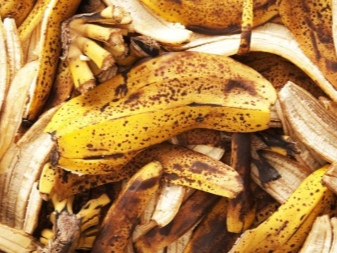

Banana peel fertilizer has a positive effect on plants:
- The growth of the root system is improved by the correct distribution of nutrients and moisture. The result of such feeding is rapid growth and the formation of strong lateral shoots in plants.
- The process of a set of buds is accelerated, the flowering period is increased. In addition, the number of fruit ovaries in fruit and berry crops is increasing.
- Under the influence of potassium, the fruits of plants accumulate saccharides in their composition, which increase the sweet taste of the fruits and extend their shelf life after harvest.
- Fertilizer allows you to increase the immune forces of the plant, their resistance to fungal diseases. It also repels insect pests.

Most often, banana peel fertilizer is used in indoor floriculture, but this tool has shown itself well when growing garden seedlings. In addition, with the help of banana feeding, the seedlings after picking showed faster growth and green mass gain.
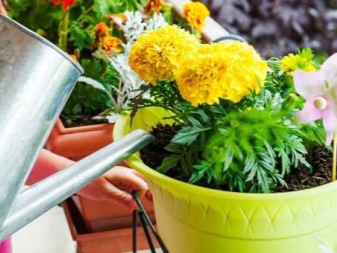
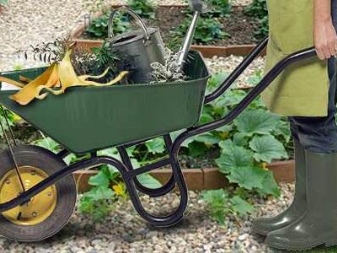
This is explained by the fact that the peel of the fruit contains a phytohormone that stimulates growth.
Bananas are picked unripe and treated with special substances that accelerate the ripening process. It is noticed that the treatment of seeds with solutions with banana peels promotes their early germination and improves the process of seedling development... It is especially important to apply top dressing with the skin of an overseas fruit in conditions where there is little sunlight and heat. The components of magnesium, which is part of the peel, allow garden plants to quickly adapt to greenhouse conditions, and also create an optimal environment for the growth of indoor flowers.
Appointment
Experienced flower growers and gardeners know how to use banana peels as fertilizer so that they get the maximum benefit for the garden or flower garden. Organic fertilizing is very useful for flowers, berries, fruits, root crops, vegetable crops and for indoor plants. Fertilization enhances not only the abundance, but also the brightness of the flowers, and the fruits grow without deformation and large sizes.
In order for top dressing with fruit peels to be effective, when using it, you need to take into account what purpose the fertilizer should fulfill. To this end, it is important to know and observe some important points:
- Indoor flowers that are naturally slow in growth, such as orchids, cacti or succulents, should only be fed in the summer. To maintain these plants, solutions of weak concentration are used, since there is a high risk of damaging the root system of these green pets.
- When fertilizing indoor flowers, garden plantings or garden crops, it is necessary to take into account the characteristics of the plants, since some of them do not need abundant soil moisture.

Too much watering can damage the roots, and they will begin to rot, then instead of a flowering plant, a sluggish and lifeless specimen will turn out.
Plants that grow in a greenhouse or outdoors can be wetted using drip irrigation. In this case the water for irrigation can be constantly fertilized with the banana component. But its concentration should be small, therefore, in the process of preparing working solutions, this should be taken into account.
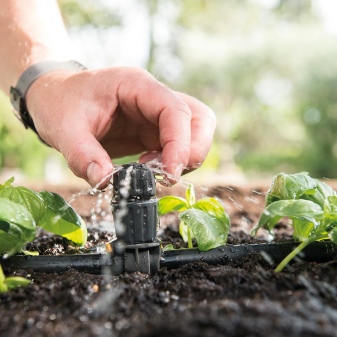

Fertilization Regularitymade from banana peel depends on the concentration of the solution and the degree of soil moisture. Usually fertilizers are applied once every 10-14 days, while making sure that the soil is slightly dry before watering.
Preparation of raw materials
Exotic fruits are required before consumption wash thoroughly. The peel of bananas can contain various pathogenic microorganisms and bacteria, insect larvae, traces of various fertilizers and chemicals with which the fruits were processed during their cultivation. Tropical plants should be treated with great care and caution. Bananas are cut unripe and then treated with formulations with ethylene. In addition, during the life cycle of growth, plants are regularly treated with pesticide preparations. Unripe bananas produce milky juice when cut.
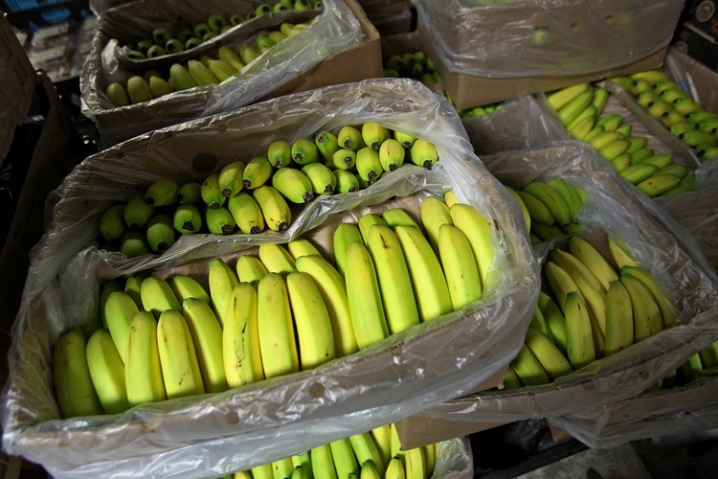
To make the fruits marketable, the juice is removed using chlorine and ammonium sulfate. These substances saturate the peel and accumulate in it, which is dangerous for human and plant health.
In order to obtain a safe organic fertilizer, banana skins need to be well cleaned from the remnants of pulp fibers and veins. The raw materials from which the top dressing will be made must be washed in soapy water and dried. At the same time, all chemical components and organics will be preserved and will not lose their valuable properties.
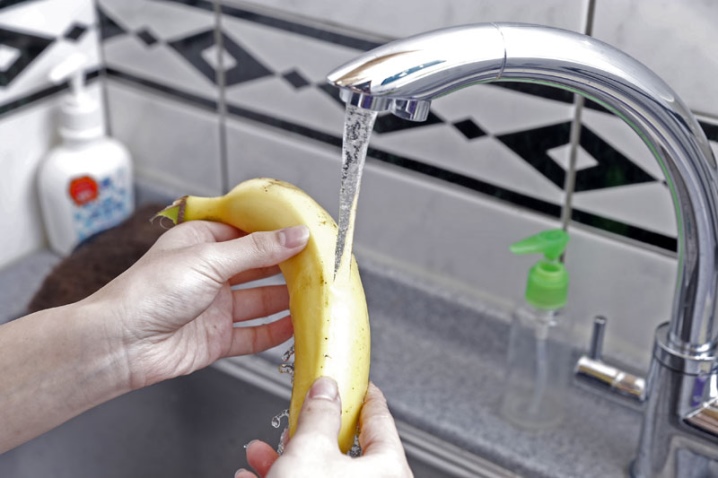
Cooking methods
Pre-processed banana skins are not used raw. To make them a top dressing that will not burn the roots of cultivated plants, further processing of raw materials will be required. There are several recipes for how banana peels retain their mineral composition, but weaken their concentration of biologically active components:
- Raw materials dry up when the temperature in the kitchen oven is low, or fried until dry in a thick-walled pan - it is important to ensure that the skins are not burnt.
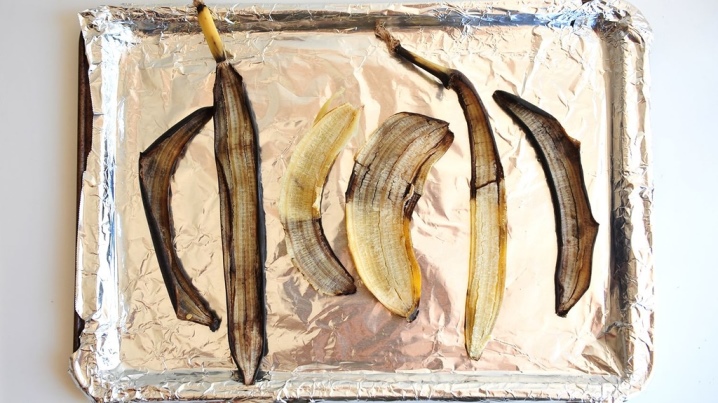
- From the crusts preparing an infusion by brewing with hot boiling water. The composition is closed and placed in a warm place for several hours.
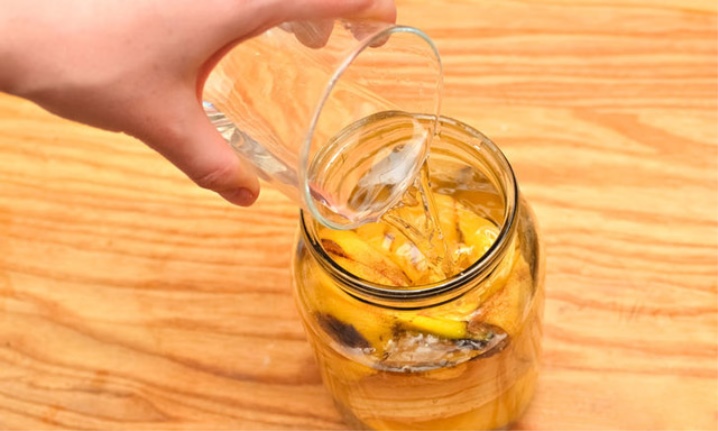
- Peel dried in the sun or in an oven... The process is complicated by the fact that the crusts are quite thick, and if they dry slowly, they can begin to rot or ferment before they have time to dry.
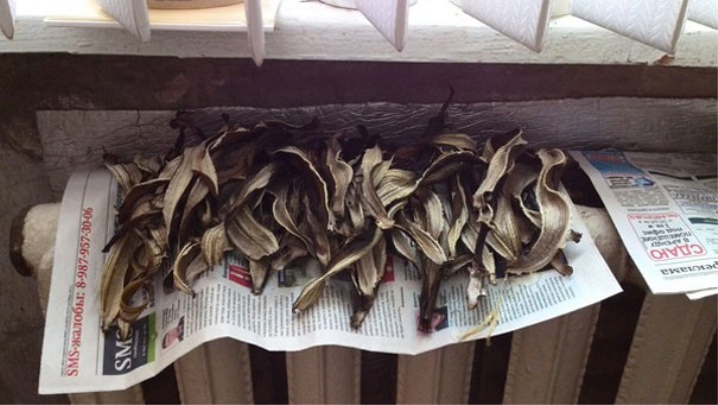
- Raw materials freeze several days in the freezer or outdoors in winter. In this case, the harmful concentration of biocomponents is significantly reduced.
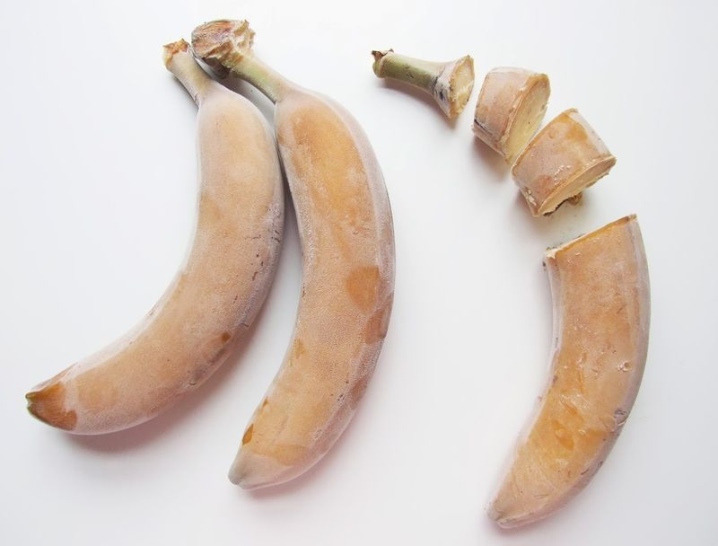
- Scalding recipe - the crusts are poured over with boiling water and allowed to stand. Already after a couple of hours, they turn into a mushy substance that can be used as a growth stimulant for plants.
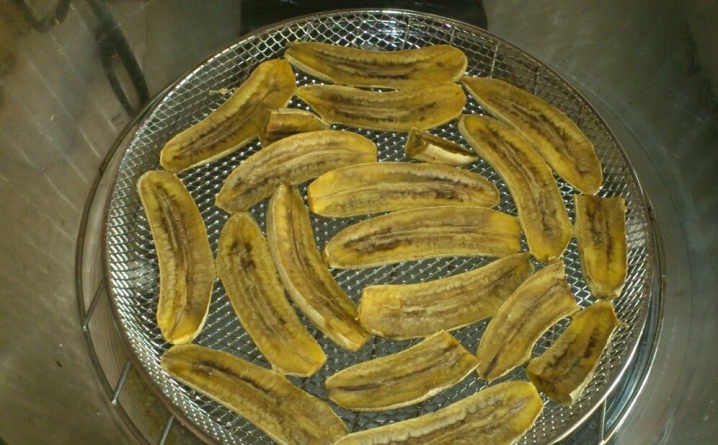
- Drying process - it is carried out in the open air under the sun's rays, which allows you to keep the valuable components of raw materials unchanged.
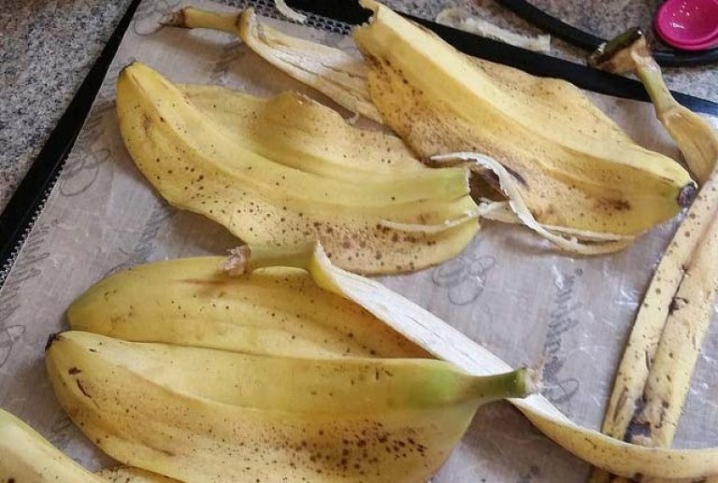
After carrying out simple preparatory procedures, the raw materials are ready for use. Such a remedy, when used correctly, can increase the supply of organic matter and beneficial bacteria in the soil, which will cause rapid growth and development of plants.
Such preparations are a cheap and effective feeding method.
The next important task facing the gardener and gardener is to know how to use it correctly.
Application
Despite the fact that the dressings obtained on the basis of banana peels are universal, there are still some nuances of their use. Experienced professionals it is recommended to use this remedy at a time when plants grow rapidly and form buds - as a rule, this period is observed in early spring.

Consider the options for using dressings for various types of green spaces.
For indoor plants
Natural organic fertilizer is well absorbed by plants, and if water the flowers with this composition regularly, you can largely heal your green pets, which grow in the closed conditions of an apartment, without spending additional money on it.
Besides, fresh prepared banana peel can remove dust from the leaf plates of plants... Thus, the leaves are nourished and after the procedure have a healthy and shiny appearance.
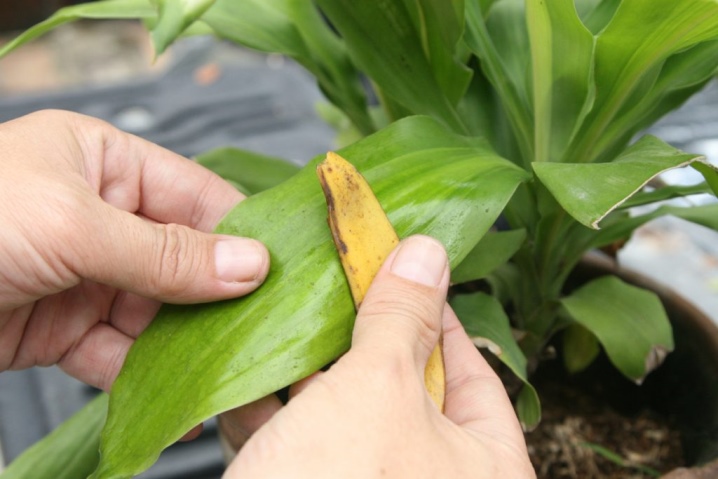
Here are some recipes for making nutritious food for indoor flowers:
- Take 3 large banana peels, wash, dry and chop. Next, bring 1 liter of water to a boil and pour in the crushed crusts. Insist them for 3-5 hours in a warm place. Strain the solution and cool. Watering is carried out 1 time in 3 weeks at the rate of 50 ml per medium-sized pot.
- Wash and dry the peel from 3 bananas, chop the peels to a powder. The resulting powder is ½ tsp. sprinkle a pot with a plant over the soil, and moisten the soil. The procedure is carried out once a month.
- Wash and dry the skins of 3 bananas, chop them with a blender until puree. Add 250 ml of water to the resulting mass, stir the composition. Plants are watered with this tool for 2 tsp. for each medium-sized pot. The procedure is carried out before a set of buds. Repeat feeding after 1 month. To enhance the effect, after watering, the soil in the pot is loosened.
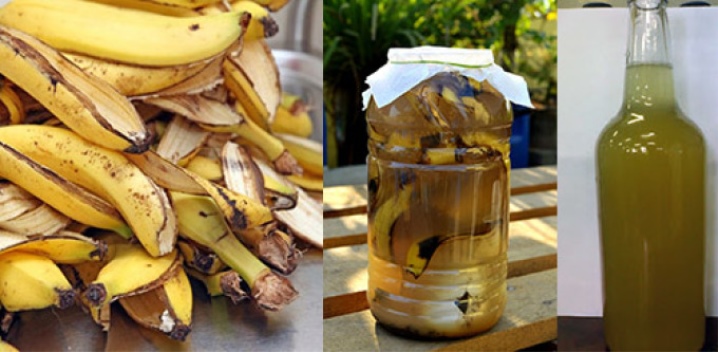
For cooking banana peel nutrient solutions make decoctions by adding citrus fruit peels, pieces of vines, twigs of fruit trees or shrubs, green tea leaves, and so on. Any organic component can enhance the properties of the nutrient fertilizer.
For garden flowers
Plants that grow outdoors can also be fertilized with banana peel fertilizer. Under the influence of fertilization, garden flowers begin their flowering earlier, grow quickly and form a lush bush with lateral processes. In the case when infusions for feeding are prepared with the addition of grapevines and banana peels, a product is obtained enriched with a large number of microelements. Fertilizers with banana peel are introduced to plants under the root, and foliar spraying of leaf plates has also proved to be effective.
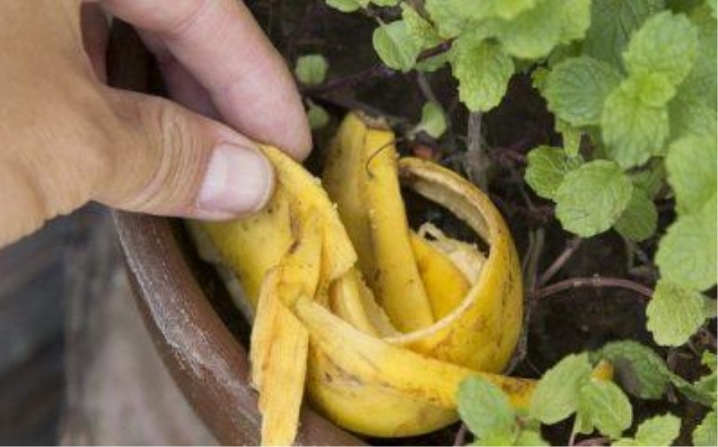
To prepare the product, you will need peels from 3 bananas - they are washed, dried and ground into powder. To it add 15-20 g of magnesium sulfate and 1 tsp. eggshell powder. The solution is prepared by taking 1 tsp. mixture and dissolving it in 1 liter of settled water. You can spray the leaves of garden plants with a frequency of 1 time in 7 days.
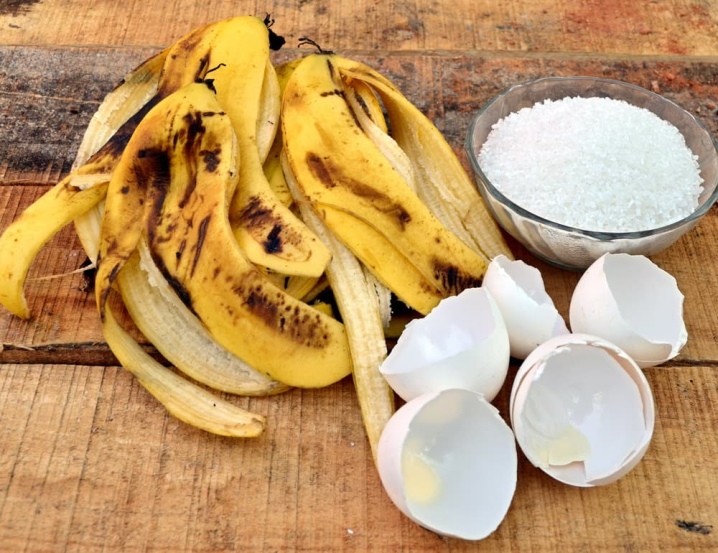
For vegetable and fruit crops
Banana peel fertilizer is environmentally friendly, in addition to flowering plants, it is also effective for garden crops, berry and fruit plantations. Top dressing is used for seedlings and is further used throughout the entire life cycle of the plant.
Several methods are considered effective for feeding horticultural crops:
- Prepare compost using banana skins... Take 10 liters of fertile soil and mix with 5-6 banana peels, washed and finely chopped. After mixing the components in a bucket with the mixture, add a little of any organic fertilizer, for example, liquid sapropel, and mix the composition again. Store the bucket in a warm place, and after 30 days, add 3-5 banana chopped skins and some liquid organic matter again. Keep the composition warm for another 30 days. Fertilizer is added to the soil for mulching garden plantings, after which the plants are watered.
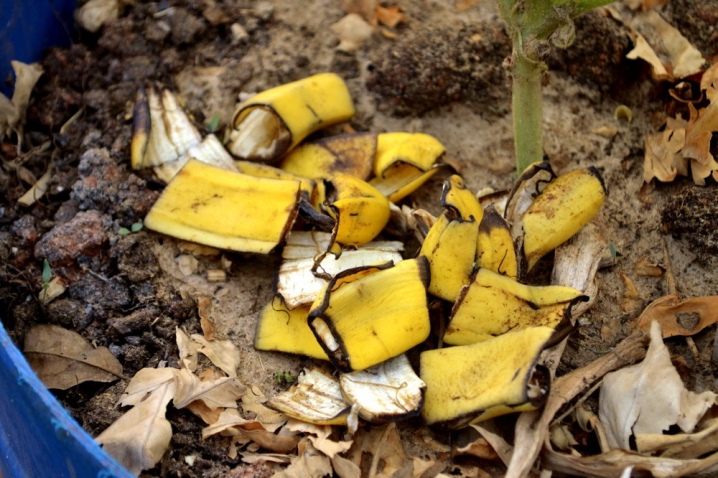
If you need to make a large amount of compost, use a pit instead of a bucket.
- The composition is used in the garden and in the garden for feeding or repelling harmful insects. It is noticed that aphids do not tolerate potassium and, if a potassium-enriched agent is placed around the plant, the insect's interest in planting disappears. Rinse the skins from 3 bananas and pour 3 liters of warm water. After 2 days, strain the infusion and dilute with water in a 1: 1 ratio. Next, you will need to spray or apply this composition under the root.

- The tool is used to feed seedlings. Banana skins are washed, dried and ground to powder. During the picking of seedlings, the powder is added to peat cups, and then the soil is moistened.
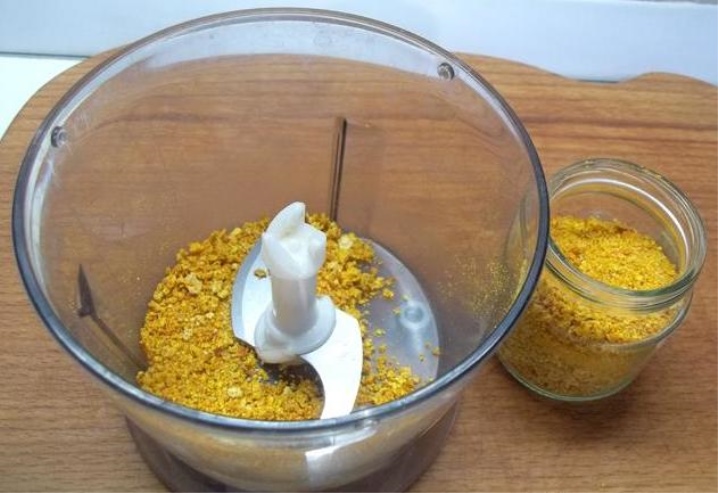
Fresh banana skins are not used as fertilizer - they quickly rot, and putrefactive bacteria and insects gather around them, for example, a mushroom mosquito, the larvae of which harm the root system of plants.
It is recommended not to overfeed agricultural crops - with excessive feeding, the immunity of plants decreases.
For a more visual overview of how to fertilize your plants from banana peels, see the next video.













The comment was sent successfully.